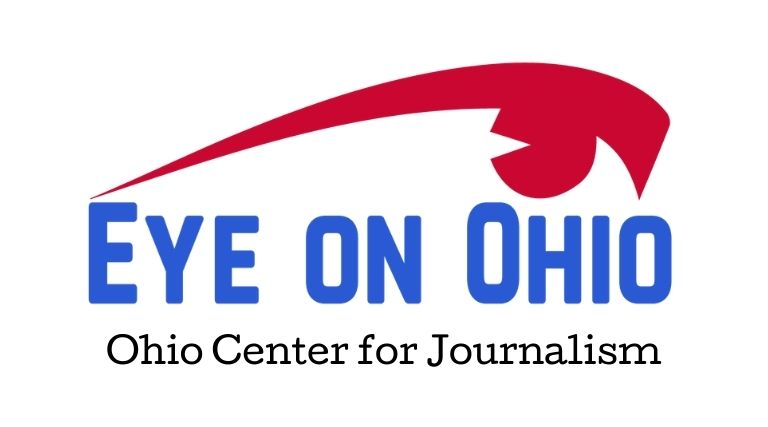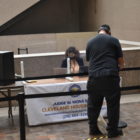-
Who torched the Hamilton home?
The couple who put their blood, sweat, and tears into building a home to care for their elderly parents and others. The millionaires next door who made it clear they were not welcome. And the dream that mysteriously went up in smoke. This article provided by Eye on Ohio, the nonprofit, nonpartisan Ohio Center for…
-
Ohioans struggle to get help with utility bills
Federal programs exist, but how easy are they to access? By Conor Morris Rashidah Abdulhaqq worries her electricity and heat will be shut off. These are vital services during normal times, but especially during the winter, and especially when she has a portable oxygen tank she carts around to keep herself alive. Flanked by several…
-
How one Ohio city lowered evictions and late rental payments
Early statistics from Cleveland’s Right to Counsel program show promising results – but what will happen when that moratorium ends? By Conor Morris East Side Cleveland resident Dennis Eads ran into some trouble paying rent last year. Eads, a father of five, said he was thankful to have kept his job at a warehouse in…
-
Who should keep an eye on drug seizure accounts?
Lots of forfeiture money goes to association outside of public purview; giving checks directly to kids This article is from Eye on Ohio, the nonprofit, nonpartisan Ohio Center for Journalism. Please join their free mailing list, as this helps provide more public service reporting. By Bonnie Jean Feldkamp When the Vinton County Fair was canceled…
-
Red tape remains a high hurdle, but Cleveland still able to provide rental assistance to pandemic-stricken tenants
This article provided by Eye on Ohio, the nonprofit, nonpartisan Ohio Center for Journalism . Please join our free mailing list as this helps us provide more public service reporting. By Conor Morris Tenants facing eviction in Cleveland Housing Court can access a temporary measure of relief through the current federal moratorium on evictions, and…
-
Interactive: See the Lands Sold to Fund Ohio’s Land “Grant” Universities
Native Americans Demand More Recognition From Universities They Funded, Sometimes Unwillingly This story was funded by a grant from the Pulitzer Center on Crisis Reporting. This article provided by Eye on Ohio, the nonprofit, nonpartisan Ohio Center for Journalism. Please join our free mailing list or text us at (216) 867-6327 as this helps us…
-
Ohioans Speak Out in Focus Group Project: They Want More Accountability, Less Infighting
By Laura Bischoff, Dayton Daily News Just months before Election Day, voters of all stripes in Ohio are at the same time both worried and hopeful. They’re not sure who to trust in the media and government. They’re concerned about economic security for themselves and fellow Americans. They aren’t sure how the election will go…
-
Sidebar: What You Need to Know to Vote This Year
How to register to vote: You can register online here: https://olvr.ohiosos.gov/ You can also download an application, print it, and mail it to your county board of elections. When to register to vote: To vote in the Nov. 3 election, your application must be received by mail, or delivered to the board of elections office,…
-
Ohio Supreme Court Green Lights Fast-Track Process That Gives Homes to Developers But Fails to Compensate Owners and Taxpayers
In 2019, Taxpayers lost at least $11.25 million, While Homeowners and Banks lost up to $77 Million, But Title to Revamped Houses Remains Sound This article provided by Eye on Ohio, the nonprofit, nonpartisan Ohio Center for Journalism. Please join our free mailing list as this helps us provide more public service reporting. By Lucia…










